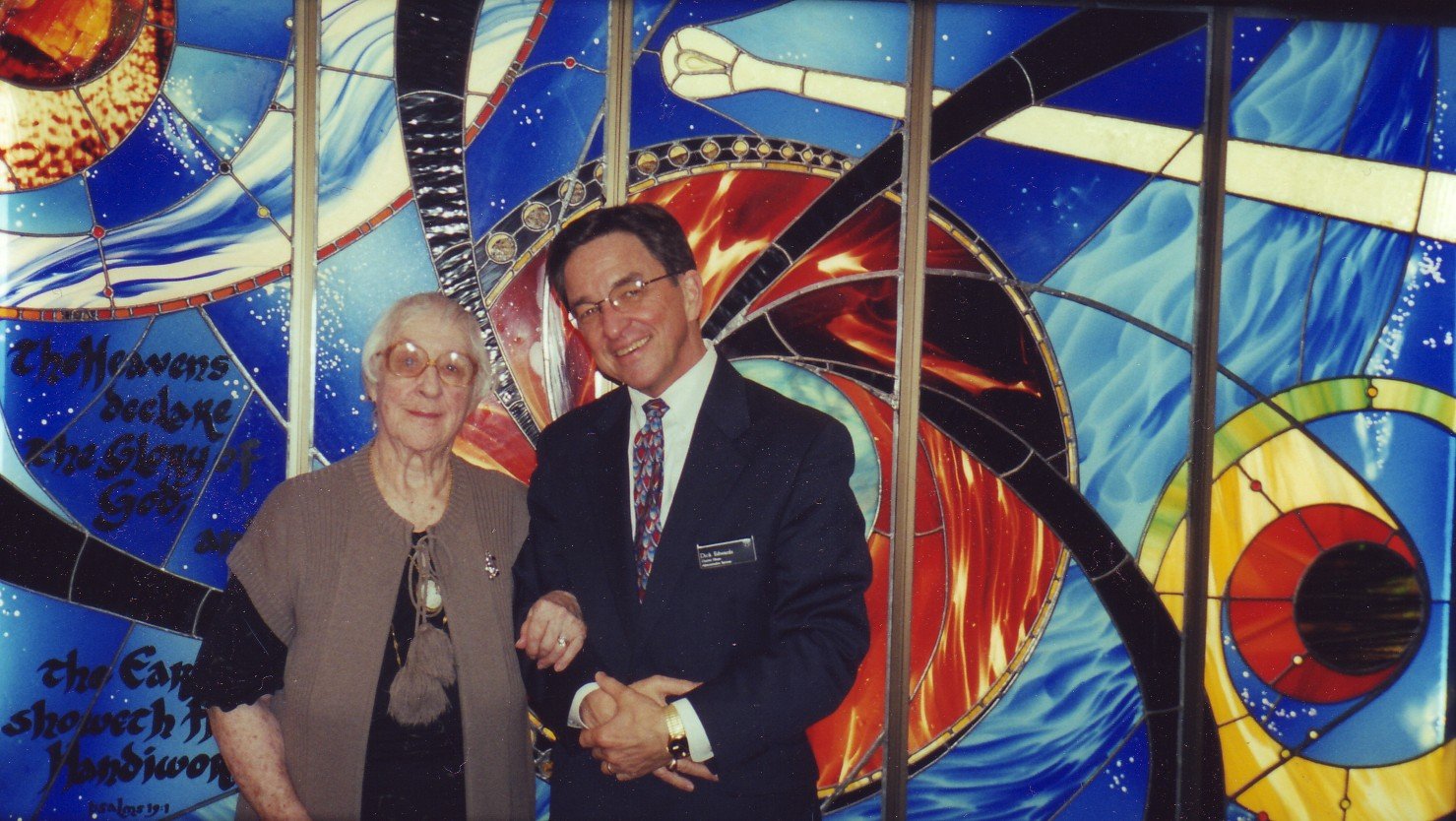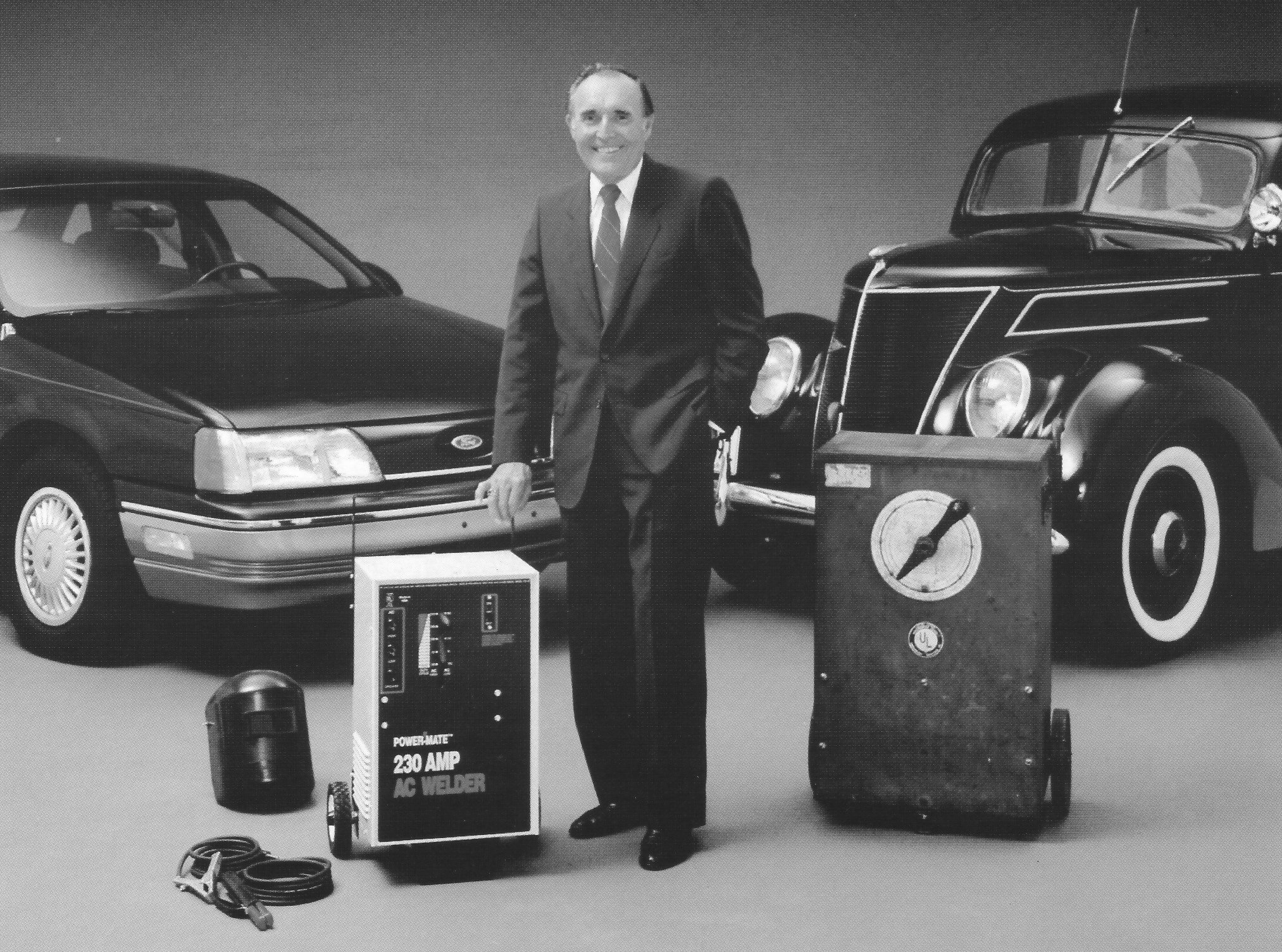Company Histories
Though the majority of my portfolio consists of personal memoirs and biographies, I have written several company histories.
Rochester Ronald McDonald House History (2022)
Since opening as Northland House on May 3, 1980, Rochester Minnesota’s Ronald McDonald House has been a place of shelter, respite, and hope for more than 25,000 family visits. In March 2021, Peggy Elliott (RMH Executive Director) asked me if I would write the house’s history and serve as the project’s manager. I was honored to be considered for the task, and readily agreed.
Prior to my writing, Peggy and I defined and determined the book’s audience, purpose, scope, outline, schedule, key contributors, and reviewers. Emily Benike joined the project as the book’s graphic designer, Marjorie Toensing provided the editing, and both did outstanding jobs. The 118-page book returned from the printer in June 2022, and copies are now available. Before my involvement with the project, I had some knowledge of the house’s mission, activities, and accomplishments. After writing the history, I have a much deeper appreciation of what the house has done and continues to do.
See Portfolio for more information.
Rochester Golf and Country Club Centennial History (2016)
Located two miles west of the heart of downtown, Rochester (Minnesota) Golf and Country Club celebrated its one-hundredth anniversary in 2016. Since its inception, the club has hosted numerous men’s and women’s high-profile tournaments, and many of the world’s best golfers, including Gene Sarazen, Walter Hagen, Patti Berg, Byron Nelson, and Arnold Palmer, have played this classic A.W. Tillinghast–designed course. The 180-page coffee table book, Celebrating a Century, contains stories and photos of the club’s history. I was privileged to be commissioned to write it and thoroughly enjoyed collaborating with graphic designer Emily Benike, editor Marjorie Toensing, and RGCC historian Les Fields to create it. This project - and RGCC - will always have a special place in my heart.
See Portfolio for more information.
Charter House History Books (2005 and 2015)
Dick Edwards (right) with Charter House resident
Charter House is a twenty-two story Mayo Clinic Retirement Living Community in downtown Rochester that is home to several hundred residents. It opened in 1985 after many years of planning, stumbled out of the blocks, and began a turnaround in 1987 when Dick Edwards was hired to be the Administrator. Mr. Edwards commissioned me to write their twenty-year anniversary history, Charter House Roots and Spirit, in 2005. I worked closely with him, Ruth Weispfenning (Charter House Director of Social Services), many residents, and several adult children of residents to write the hisotry. Tony Enquist, who became administrator in 2006, commissioned me to do a significant update of the history (link) for their thirty-year anniversary in 2015. In the books, each approximately 100 pages, we covered not only the history (roots) of the organization (building projects and programs, for example) but also the organization’s spirit instilled by those who live and work there.
See Portfolio (2005 and 2015) for more information.
Rochester Silo and other Price Ventures (2016)
The Price brothers: Jerry (seated) and Ray
Rochester Silo, founded in 1917, was purchased by Chris Price in 1959. The silo business was a good one to be in during the 1960s, and revenues and profits grew steadily. By 1967, Chris and his sons, Ray and Jerry, each owned a third of the business. Chris died suddenly in 1971 of a heart attack, leaving his sons to run the business. The decade of the seventies were financially Rochester Silo’s best years. The following decade, though, would signal the start of their worst years that culminated in bankruptcy. Manage, Measure, and Smile, told by Jerry Price, is the story of Rochester Silo’s evolution, his business principles, and his views on running a family business through bad times and good.
See Portfolio for more information.
Company Histories within Biographies
The following books I’ve written have been for entrepreneurs who have started and owned successful businesses, and we included one or more chapters about their company history as part of their life story.
Forrest Sargent (From the Ground Up) is the third generation of the Sargent family nursery business. He knows that his family history is intertwined inevitably with his family’s nursery business.
See Portfolio for more information.
Edward Klamm
Edward R. Klamm, Sr. (We Had Fun When All We Did Was Work, 2019) founded Ed Klamm Plumbing, in 1951 that is still going strong today. His purpose in writing the book was to prove that a person with only an eighth-grade education but an aptitude for “working with pipe” could start a business, include his family, and work with them to have it succeed.
See Portfolio for more information.
Steve Slaggie (Stories of Our Lives, 2016) was one of three friends who started Fastenal Corporation in 1967 “on a bit of a shoestring.” When they began, their company was the smallest of an estimated 10,000 fastener distributors in the United States. By the mid-1990s, they had become the largest. Today they have 2,200 branches around the world.
Lee Sundet
Lee Sundet (Mange Takk, 2009) became Twentieth Century Manufacturing’s owner twenty-four years after he joined it as a traveling salesman and built it into a multi-million dollar corporation. He has received many awards for his achievements including the Small Businessperson of the Year Award for the State of Minnesota in 1981. He is described as the epitome of the American Dream.
See Portfolio for more information.
Phil Smaby
Phil Smaby (Always a Move Ahead, 2008) and his friend Ben Bermel started Bermel-Smaby Realty Co. on 64th and Lyndale in Minneapolis, Minnesota. The year was 1946, and one didn’t need a license to sell real estate. Ultimately, with seventeen offices and 350 sales people, their company became the largest realty in Minneapolis. Mr. Smaby served as President of the National Association of Realtors in 1976 and President of the International Federation of Real Estate (FIABCI) in 1980.
See Portfolio for more information.







